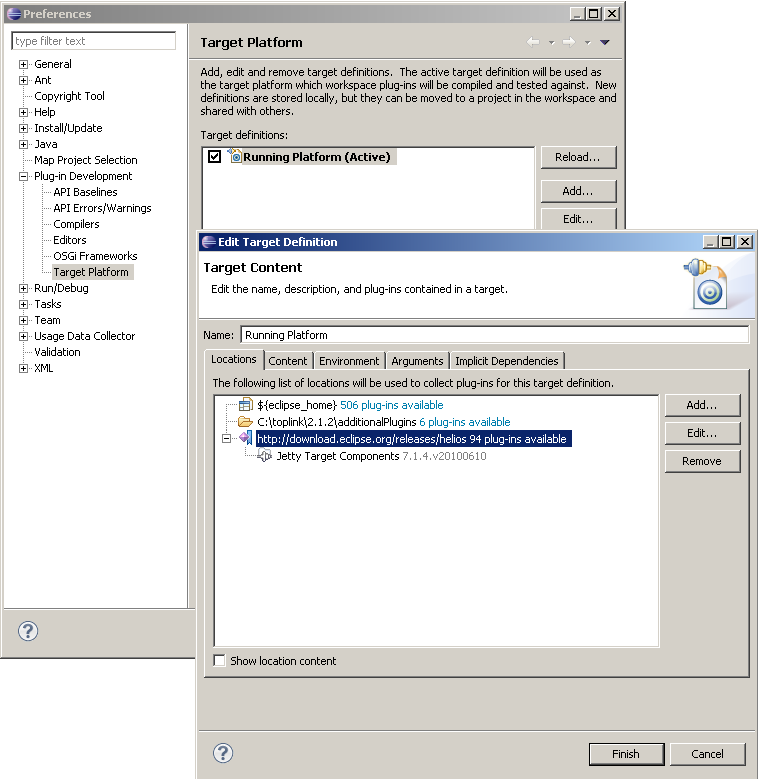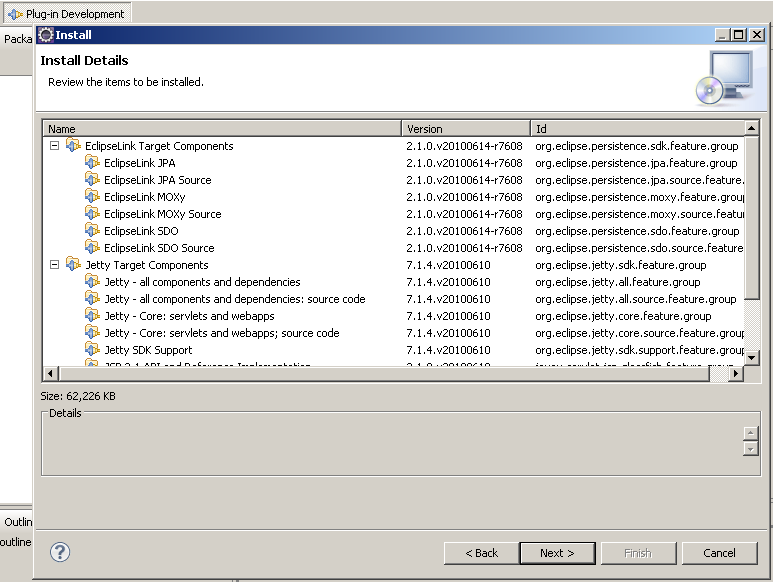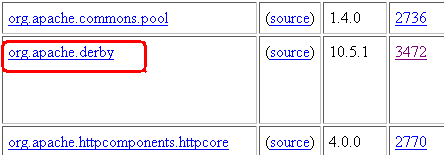Notice: This Wiki is now read only and edits are no longer possible. Please see: https://gitlab.eclipse.org/eclipsefdn/helpdesk/-/wikis/Wiki-shutdown-plan for the plan.
Difference between revisions of "EclipseLink/Examples/DBWS/AdvancedOSGi"
< EclipseLink | Examples | DBWS
| Line 20: | Line 20: | ||
[[Image:EclipseLink DBWS with OSGi in PDE2.png]] | [[Image:EclipseLink DBWS with OSGi in PDE2.png]] | ||
<br/> | <br/> | ||
| − | + | (accept the license and proceed ...) | |
| + | |||
<br/> | <br/> | ||
''<font color="red">{NB - later, a set of updated EclipseLink bundles will be required}</font>'' | ''<font color="red">{NB - later, a set of updated EclipseLink bundles will be required}</font>'' | ||
<br/> | <br/> | ||
| − | + | === Create a new Plugin project === | |
| − | Create a new Plugin project | + | |
Revision as of 15:10, 11 August 2010
DBWS in an OSGi Environment
An Eclipselink DBWS service can be run in an OSGi environment using Javase 6's 'containerless' javax.xml.ws.Endpoint API.
Environment Setup
Download a version of the Eclipse IDE that includes the Plug-in Development Environment (PDE) (Eclipse IDE for Java EE Developers, Eclipse Classic 3.6.0 or
Eclipse for RCP and RAP Developers).
Install the Database JDBC driver: use the embedded Apache Derby database in this example
- Download Apache Derby (org.apache.derby) bundle from Orbit.
- Place the org.apache.derby bundle into your $ECLIPSE_HOME/dropins folder.
- Install the EclipseLink and Jetty target Components:


(accept the license and proceed ...)
{NB - later, a set of updated EclipseLink bundles will be required}

